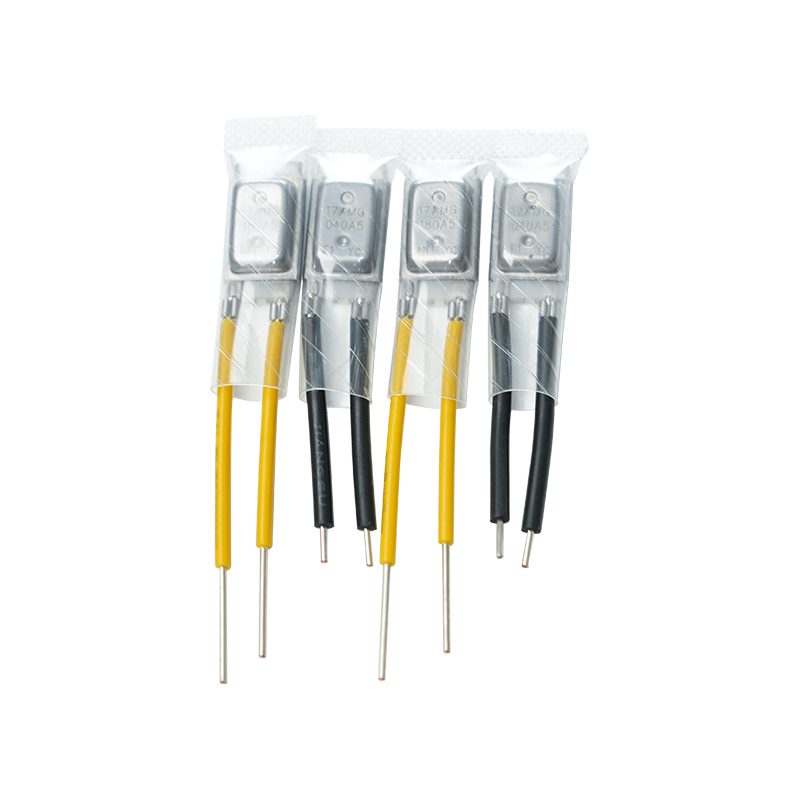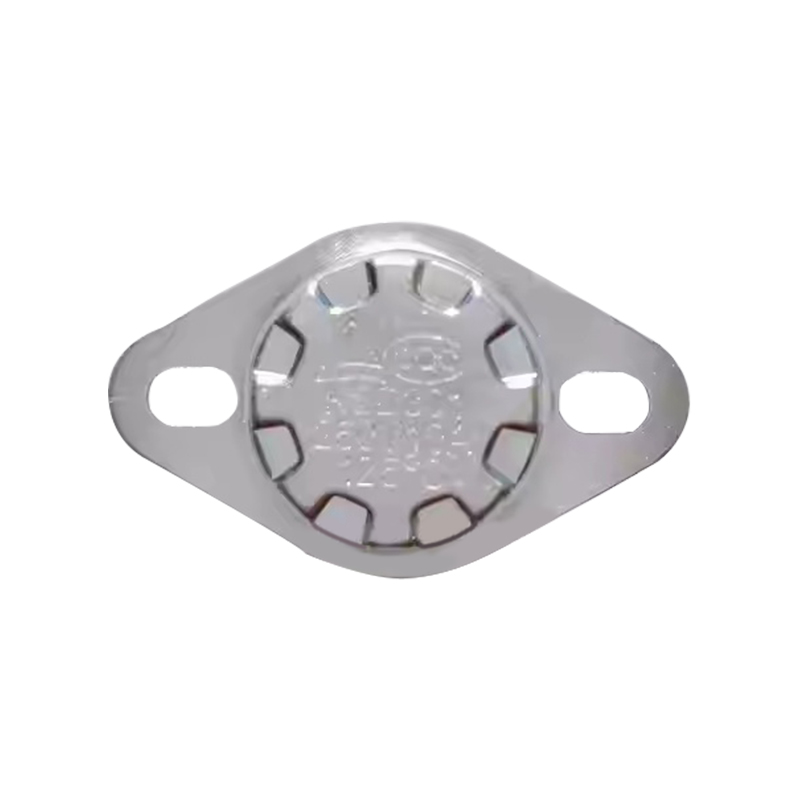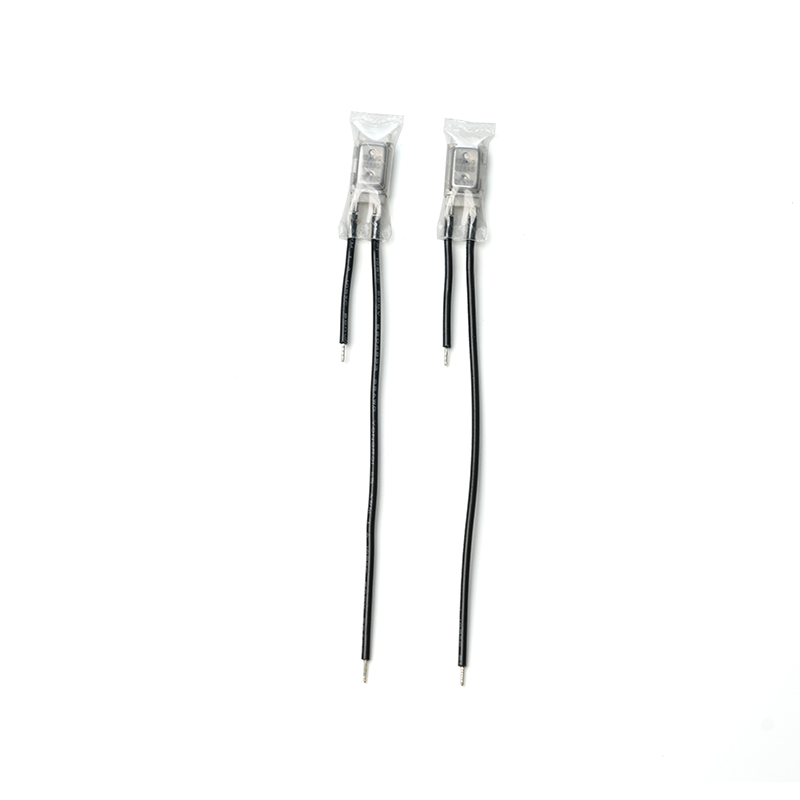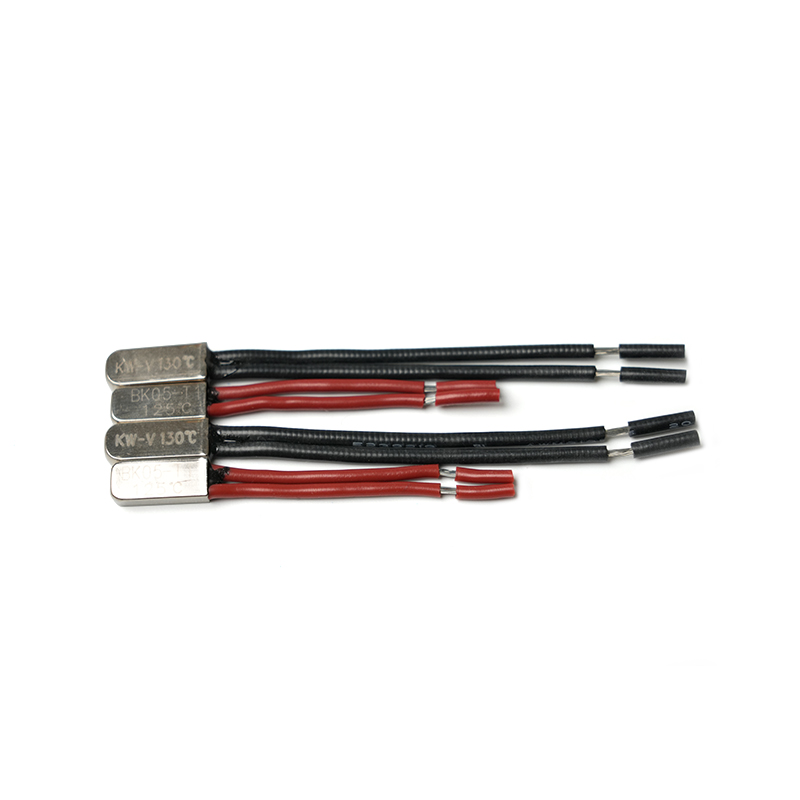How Material Science is Revolutionizing Motor Thermal Protectors for Enhanced Performance

At the heart of many motor thermal protectors lies the bimetallic strip, a simple yet ingenious invention that bends in response to temperature changes. However, the effectiveness of this strip depends heavily on the materials chosen for its construction. Modern material science has introduced new alloys with finely tuned thermal expansion properties, allowing these strips to react more precisely to temperature fluctuations. For instance, advanced nickel-iron alloys can provide consistent performance even in extreme environments, making them ideal for industrial applications where reliability is non-negotiable. This innovation not only enhances the responsiveness of motor thermal protectors but also extends their lifespan, reducing maintenance costs and downtime.
Beyond bimetallic strips, high-temperature polymers are also making waves in the design of thermal overload protectors. These polymers serve as insulating materials that shield sensitive components from heat and electrical interference. Their ability to withstand prolonged exposure to elevated temperatures makes them indispensable in applications like electric vehicle motors or HVAC systems. By integrating such materials, manufacturers can create compact yet robust thermal protectors that meet the growing demand for smaller, lighter, and more efficient designs. The result? A new generation of motor thermal overload protectors that deliver exceptional performance without compromising on space or weight.

Another exciting development is the use of composite materials that combine the best properties of metals and ceramics. These composites offer superior thermal conductivity and resistance to wear, making them perfect for protecting high-voltage motors. Imagine a scenario where a motor operates in a dusty, high-temperature environment—such as in mining or oil extraction. In these cases, the thermal expansion properties of traditional materials might falter, but composites can maintain their integrity, ensuring that the motor thermal protector continues to function reliably. This level of resilience is crucial for industries where equipment failure could lead to costly shutdowns or safety hazards.
Of course, material science isn’t just about improving existing technologies; it’s also about enabling entirely new possibilities. For example, researchers are exploring nanomaterials that could revolutionize how thermal protectors detect and respond to overheating. These ultra-thin layers of engineered materials could allow for faster heat dissipation and more precise temperature calibration, paving the way for smarter, more adaptive motor thermal protectors. Such innovations could be particularly beneficial in emerging fields like renewable energy, where motors often operate under variable loads and unpredictable conditions.
While the focus on material science has undoubtedly elevated the performance of thermal overload protection devices, it’s also important to consider how these advancements align with broader industry trends. As sustainability becomes a top priority, manufacturers are increasingly turning to eco-friendly materials that minimize environmental impact without sacrificing functionality. Recyclable alloys and biodegradable polymers are just a few examples of how the motor thermal protector industry is embracing greener practices. This shift not only meets regulatory requirements but also appeals to environmentally conscious consumers who value sustainable solutions.
In conclusion, the evolution of motor thermal protectors is deeply intertwined with the progress of material science. Whether it’s through the refinement of bimetallic strips, the adoption of high-temperature polymers, or the exploration of nanomaterials, these innovations are setting new standards for performance and reliability. For engineers, designers, and industry professionals, staying informed about these advancements is key to selecting the right thermal overload protector for any application. After all, when it comes to protecting motors from overheating, the materials matter just as much as the mechanisms themselves. So next time you’re evaluating motor thermal protectors, take a closer look at the materials—they might just hold the secret to unlocking unparalleled efficiency and longevity.
 English
English







